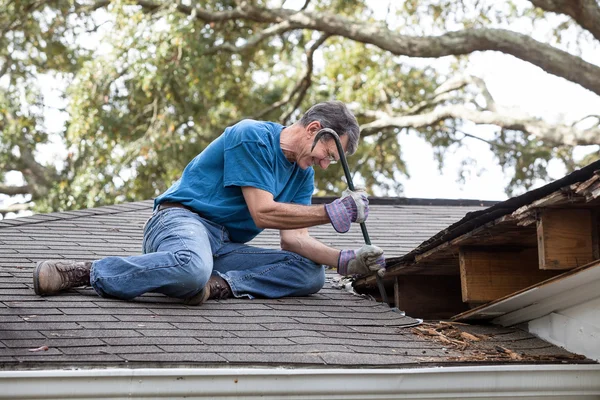Tree Care Techniques for Orlando
Thinner plants allow air and light to get to their core, leading to increased flowering, decreased fungal disease incidence and more attractive foliage.
Pruning can eliminate potential hazards and increase safety. Overgrown branches may fall during storms or high winds, causing damage or injury. By trimming back branches regularly, trimming helps avoid them interfering with utility lines or buildings or blocking visibility. With the help of Orlando FL Tree service, www.orlandofltreeservice.com we put together this amazing guide.
Technique 1: Single Rope Technique
Single Rope Technique (SRT), popular among cavers, entails various methods used to ascend and descend simultaneously on one rope. Furthermore, arborists frequently employ this method for tree climbing purposes.
Joe Harris, an internationally acclaimed trainer and tree climber, discussed Single Rope Technique (SRT). According to him, SRT systems are significantly faster than using two ascenders when used by working arborists.
Thinning out a bird of paradise plant allows more light and air to reach the center, reducing fungal disease while encouraging flowering and decreasing leafy debris that accumulates indoors, making cleaning them much simpler. Prune early spring to achieve maximum results using sharp pruning shears; hedge trimmers may produce uneven cuts which should be avoided as these might produce uneven and irregular cuts that could later lead to stress or disease for your plant. Once pruned, keep an eye on it closely for signs of stress and disease as soon as your plant has been pruned – as soon as the spring cleaning has taken place it’s best practiced.
Technique 2: Chainsaw Technique
Chainsaws are powerful tools, but require special care and consideration when operating properly to ensure both their safety and effectiveness. Proper techniques for using them include using both hands to grip the saw and maintaining an appropriate, two-handed grip with balanced stance. Operators must always remain mindful of potential “sitbacks”, when trees move back in an unexpected manner against intended paths.
Regular trimming promotes the health of trees and shrubs by eliminating potential hazards. Overgrown branches may break off during storms, leading to injuries or property damage as they fall, interfering with power lines or blocking visibility; additionally, pruning ensures plants underneath receive sufficient sunlight and air circulation, thus improving their growth and vitality.
Pruning can help identify and limit the spread of diseases and pest infestations, lessening their impact on both health and beauty of landscape. Experts typically recommend that trees should be preserved rather than felled as this approach is less costly and environmentally responsible; when they must be felled, this operation usually entails cutting the trunk to length.
Technique 3: Pruning Shears
To keep your White Bird of Paradise looking its best, more is required than simply sharp pruning shears. A pair of gloves should also be available to protect you against scrapes and pokes during maintenance tasks.
Choose pruning shears that can cut everything from delicate stems and tough branches, including deadwood. Additionally, you should look for sets with easily sharpenable blades should their blades become dull.
Felco prune shears have earned expert approval due to their ergonomic design and top-of-the-line materials, such as their ratcheting mechanism that enables users to chisel branches at three stages with different amounts of pressure until all branches have been cut through. Plus, these shears are specifically tailored for left-handed users – meaning you can use them without experiencing wrist or arm strain.
Rubber shock absorbers add extra comfort, cushioning the impact each time you make a cut and helping reduce muscle strain or arthritis-related hand mobility issues. That can be especially helpful when working for extended periods or having difficulties.
Technique 4: Scissors
Loppers resemble large scissors in that they can cut through branches up to 2 inches thick, making them an effective tool for pruning larger evergreen trees such as African sumac or cedars.
Trimming trees not only enhances their aesthetic appeal but can also promote healthy growth, reduce safety hazards by cutting away dead branches that might fall during storms or high winds, help prevent disease formation and improve airflow by thinnout overcrowded plants.
Be wary, however, when over-pruning. Without proper knowledge or equipment for the task, inadvertently cutting main branches can leave wounds susceptible to decay as well as spur the growth of weaker new branches that eventually break off – this type of pruning known as topping should be avoided at all costs. Pruning plants properly takes skill, knowledge, and the right tools.







